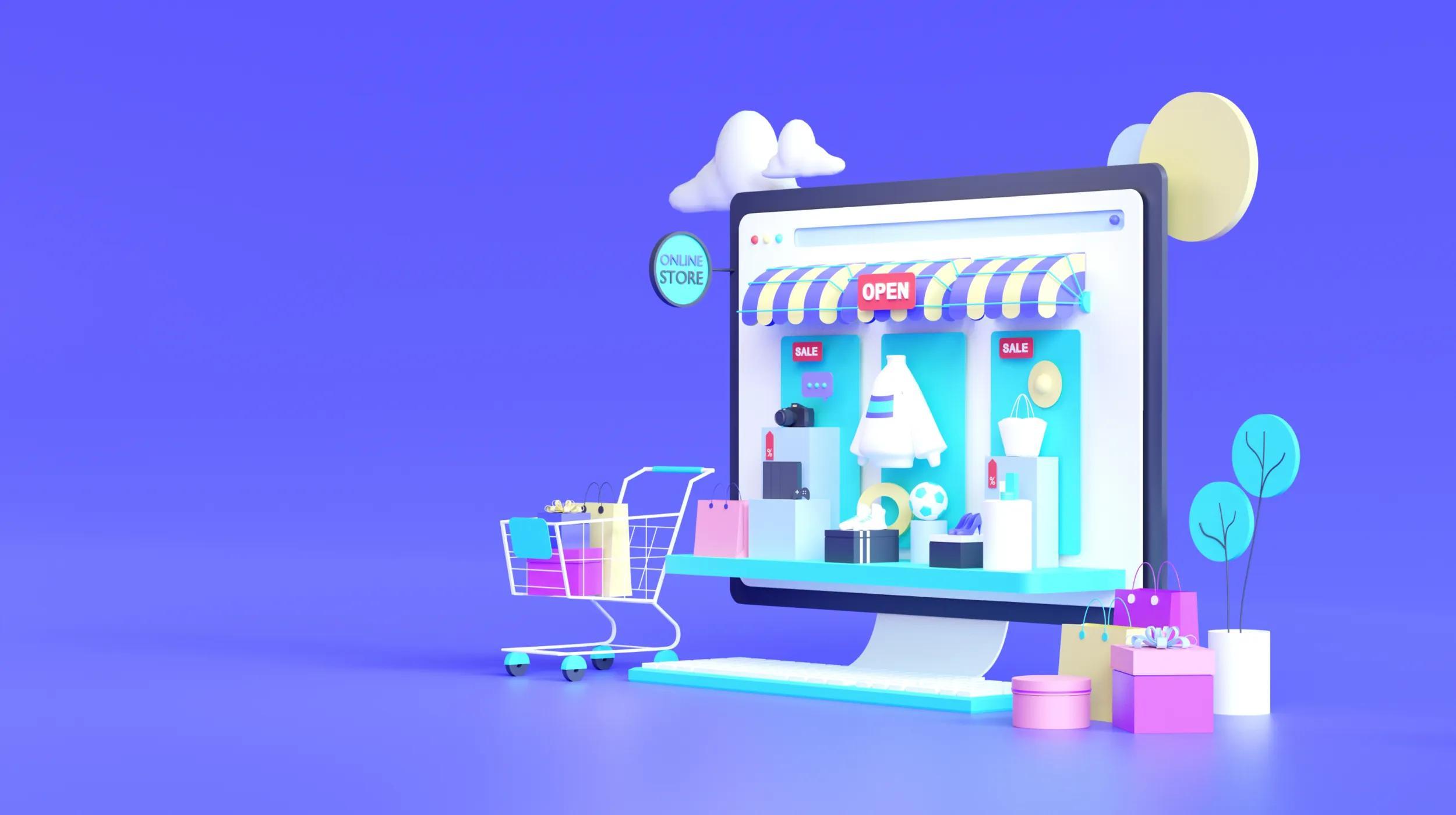Understanding customer lifecycle value can be the single most powerful strategy to increase your revenue while keeping your marketing costs within or even below budget. This means your business will be more profitable if you take the time to develop and tailor your offerings according to a specific part of the customer lifecycle.
The customer lifecycle consists of several stages, each with separate needs, which can help determine what your next offer or action should be for individual customers.
In this post, we’ll explain what the customer lifecycle is, look at customer lifecycle value, and how to calculate the latter — so you can budget your marketing efforts accordingly.
What is the customer lifecycle?
The customer lifecycle refers to the path consumers take, from the moment they’re introduced to your brand, to the moment they make and complete a purchase. It has five stages: reach/awareness, acquisition, conversion, retention and loyalty. Let’s explain each below.
Stage 1: Reach/Awareness
The first stage in any consumer’s journey begins by becoming aware of a brand’s product or service. This is where you initiate the contact simply because you put an ad in the newspaper. Or maybe one of their friends retweeted, shared or liked one of your posts on social media. Or maybe their neighbour told them about you.
In this stage, you’ll want to keep a close eye on metrics so you can see which of your marketing campaigns are bringing in the most people and giving you the best possible return on investment when it comes to reaching new customers.
Stage 2: Acquisition
Now that you have their attention and you’ve made the first contact, it’s time for the next stage — the acquisition. In this stage, they are getting familiar with your products and services with the help of your content, direct mail and sales representatives.
Your marketing collateral should work in unison at this stage. This means your website, online and offline marketing materials, and your messaging should be cohesive, interesting, and useful to potential clients and customers to avoid losing them.

Stage 3: Conversion
The conversion stage is where an interested individual turns into a customer. They might make a purchase, small or large.
During this stage, you should focus on nurturing the relationship and sell the experience rather than worrying about selling the most expensive item.
The main reason behind this approach is so you can prepare or train them to repeatedly come back and make another purchase.
Stage 4: Retention
If you’ve played your cards right, your customer made a purchase and they’re ready to enter the next stage in their journey. At this point, you’re exposing the customer to other products and services.. You can do this through upsells and cross-sells, as well as continuing to nurture the relationship with the customer through email marketing or through other means that make sense for your business.
Stage 5: Loyalty
The last stage is customer loyalty, when a customer transitions from a one-time buyer to a repeat customer and a referrer of new clients and customers. They’ve become your biggest fan and unofficial brand ambassador who recommends you to anyone in their inner and outer circles.
Even though this is the most coveted stage of every customer lifecycle, you need to be aware of the fact that not every customer will get to this stage. However, if your marketing is on point, then each new product cycle should earn you more customers.
What is customer lifecycle value?
Now that you know what a typical customer lifecycle looks like, you need to know customer lifecycle value (also called lifetime value) so that you can make better financial projections when it comes to your marketing budget.
Customer lifecycle value is the amount of net dollars a customer contributes to your business over their life as a customer.
Once you understand how much your customer spends and how often they buy, you’ll have a better sense for allocating funds into marketing campaigns and retention offers.
Calculating customer lifecycle value
Customer lifecycle value can be calculated in a few ways. You can use a simple or a traditional formula paired with a historic or a predictive approach, respectively, depending on which data you use in your calculation.
Historic approach
In layman’s terms, an historic approach takes into account the sum of all profits from an individual customer’s past purchases based on existing customer information over a specific period of time.

Predictive approach
A predictive approach, on the other hand, projects how much revenue a particular customer generates during their relationship. Using the predictive approach, you’ll look at transaction history and customer behavior patterns so you can project how their value will change over time.
Simple customer lifecycle value formula
A simple formula to calculate customer lifecycle value is to add together all the revenue earned from a customer during one year, multiply it by the average customer lifespan, and then subtract the customer’s acquisition cost from that number. Here’s how the formula looks like in action:
(Customer’s annual revenue x customer average lifespan) – cost of customer acquisition = customer lifecycle value
This formula works well when each of your customers spends a consistent amount during the year. Membership- or subscription-based businesses, as well as as service-based businesses that have only one or two packages to choose from, can benefit from using this formula.
Traditional customer lifecycle value formula
The traditional customer lifecycle value formula is more complex and uses the following data to determine the final figure:
- Average gross margin for individual customer’s lifespan
- Retention rate
- Discount rate
Here’s the formula in action:
Average gross margin x (customer retention rate / [1+ discount rate – customer retention rate])
If you sell a variety of products at different price points, then a traditional formula would be better suited for your business because it accounts for revenue fluctuations.
Final thoughts
Understanding the customer lifecycle and customer lifecycle value of each customer plays a huge role when it comes to your marketing and profit. Once you understand how it works, you can create more targeted offers and continually drive new sales to your business while staying within your marketing budget.






